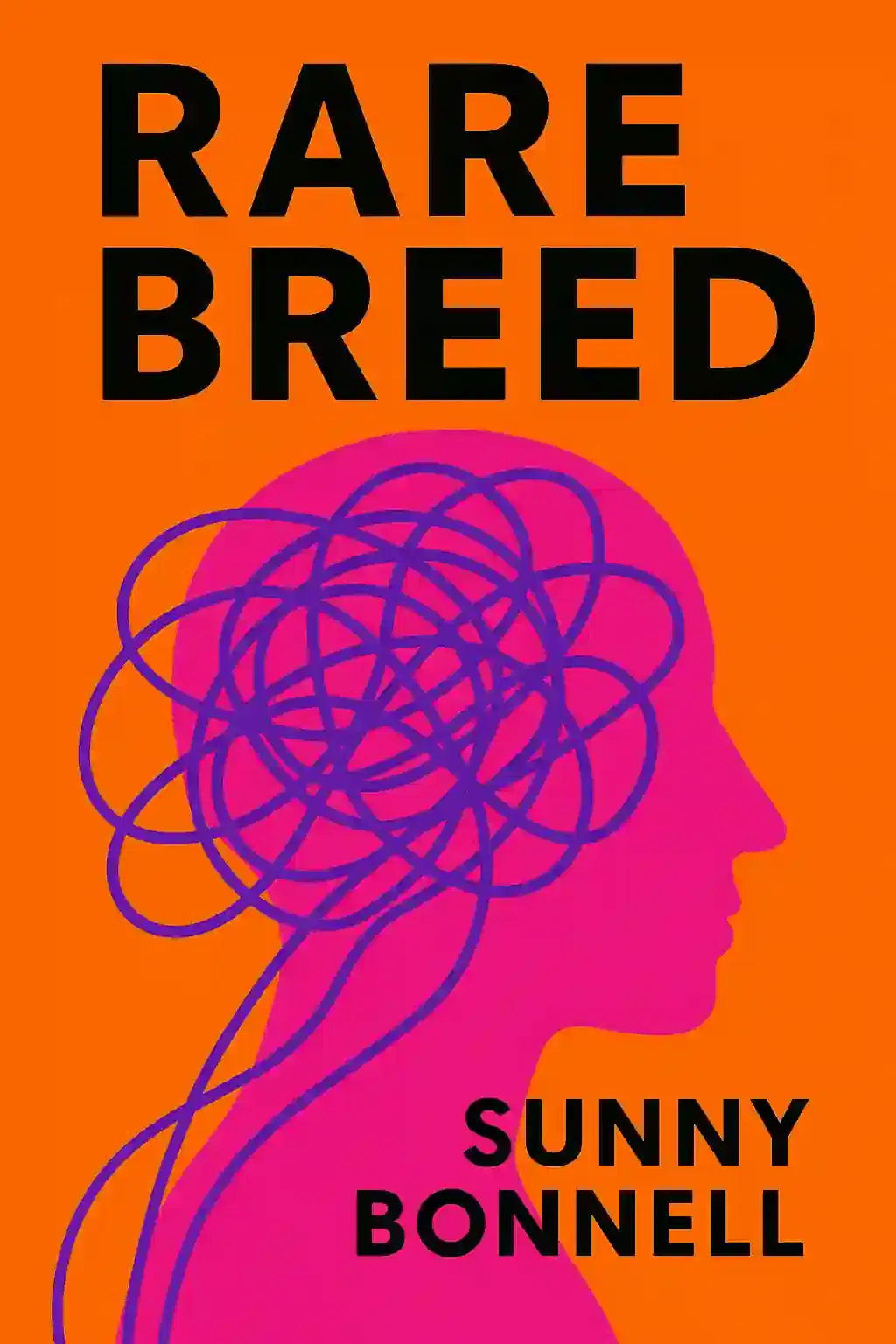What is
Rising Strong by Brené Brown about?
Rising Strong explores how to rebuild resilience through vulnerability after failure or emotional setbacks. Brené Brown outlines a 3-step process (Reckoning with emotions, Rumbling with personal narratives, and Revolutionizing behavior) to transform shame and struggle into courage. The book combines research, storytelling, and actionable strategies to help readers own their stories and embrace wholehearted living.
Who should read
Rising Strong?
This book is ideal for leaders, creatives, therapists, and anyone navigating career setbacks, relationship conflicts, or personal shame. Brené Brown’s insights resonate with those seeking tools to process failure authentically and rebuild self-trust. It’s particularly valuable for professionals in high-stakes roles where vulnerability is stigmatized.
What are the main lessons from
Rising Strong?
Key lessons include:
- Owning your story: Avoid suppressing emotions or crafting “hero narratives” after failure.
- Rumbling with truth: Challenge assumptions like “I’m not enough” by examining flawed self-beliefs.
- Revolutionizing behavior: Apply hard-won lessons to future challenges through deliberate practice.
How does Brené Brown’s “arena” metaphor apply to resilience?
Brown’s “arena” metaphor (from Theodore Roosevelt’s “Man in the Arena” speech) emphasizes ignoring critics who lack firsthand experience with vulnerability. She argues that selectively accepting feedback—only from those “in the arena” facing similar struggles—strengthens courage without sacrificing self-worth.
What is the “Rising Strong” three-step process?
- The Reckoning: Recognize and name emotions without judgment.
- The Rumble: Interrogate personal stories about failure (e.g., “They disrespected me” → “What evidence supports this?”).
- The Revolution: Rewrite narratives to reflect growth, not shame, and implement behavioral changes.
How does
Rising Strong address workplace challenges?
Brown advises leaders to model vulnerability by openly discussing setbacks, which fosters psychological safety. The book’s “rumble” framework helps teams resolve conflicts by separating facts from emotional assumptions—a method used in Fortune 500 companies and the military.
What criticism has
Rising Strong received?
Some reviewers argue Brown’s focus on individual resilience underemphasizes systemic barriers to vulnerability (e.g., toxic work cultures). Others note her blending of research with memoir-style storytelling may lack concrete tactics for high-stakes professional environments.
How does
Rising Strong relate to Brené Brown’s other books?
It builds on Daring Greatly’s vulnerability research by providing a structured method to recover from falls—completing the “courage cycle.” While Atlas of the Heart categorizes emotions, Rising Strong focuses on transforming them post-crisis.
What does “rumbling with stories” mean in
Rising Strong?
“Rumbling” means interrogating the unverified narratives we create after failure (e.g., “I’m unlovable”). Brown teaches readers to fact-check these stories, identify projection biases, and replace self-limiting beliefs with evidence-based truths.
How is
Rising Strong relevant in 2025?
In an era of AI-driven workplaces and remote collaboration, Brown’s tools help professionals navigate ambiguity without burnout. The “revolution” phase aligns with trends in adaptive leadership and regenerative resilience practices.
What are powerful quotes from
Rising Strong?
- “Vulnerability is not winning or losing; it’s having the courage to show up.”
- “If you’re not in the arena getting your ass kicked, I’m not interested in your feedback.”
- “We can choose courage or we can choose comfort, but we can’t have both.”
How does
Rising Strong define wholeheartedness?
Wholeheartedness emerges when individuals embrace imperfection, reject shame-based narratives, and practice self-compassion after falls. Brown ties this to sustainable success in relationships, creativity, and leadership.














